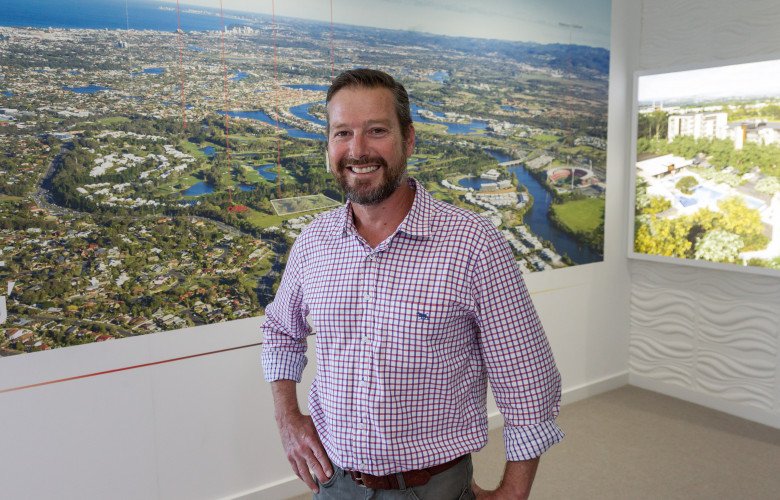Developers need to talk walking
Contact
Developers need to talk walking
Walkabiliy needs to be at the centre of our thinking when it comes to contemporary Australian urban planning.
A leading urban planner says the pressures of population growth and rising health consciousness will lead Australians to increasingly prioritise "walkability."
Urban Planning Services director Michael Nash says buyers are literally voting with their feet and choosing to live in communities with convenient pedestrian access to a range of facilities to reduce the need for vehicles and improve lifestyle.
Nash says lifestyle and convenience are what buyers are looking for when they make a decision about where they want to live. "They want to be able to leave the car parked in the garage each weekend and walk to amenities and services that will enrich their lifestyle," he said.
"Current urban planning principles are centered on the '20 minute city' concept which dictates that people should be able to drive to most major services and amenities in their area within 20 minutes. This concept has now been expanded to include the 'five minute neighbourhood' which means successful new communities are being designed to allow people to walk to key locations inside 400 metres, or about five minutes."
But not everyone shares Nash's view, with the Victorian Civil and Administrative Tribunal recently revoking a planning permit for a development in Brunswick, Melbourne based on the fact it was designed with walkability in mind and offered limited car parking spaces.
The Nightingale by Breathe Architecture is based next to a train station, a bicycle path and within walking distance of trams. All first generation residents of the development have been vetted and do not require car parking spaces, but VCAT senior member Russell Byard decided that while there are households without privately owned motor cars for whom private car parking spaces are irrelevant, in his view it "is not necessary to have parking free developments to accommodate them."
Read more:





